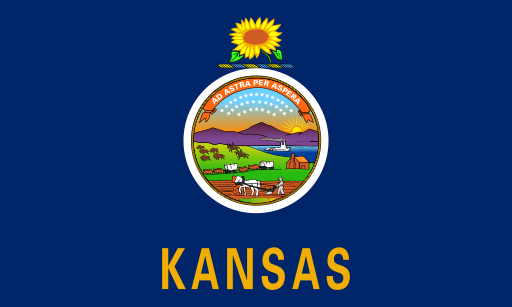Tag: unemployment
-
U.S. weekly unemployment insurance claims fall to 231,000

New applications for U.S. unemployment insurance benefits fell 2,000 for the week ending Aug. 24 to a seasonally adjusted 231,000. The four-week moving average as of Aug. 24 decreased by 4,750 from the previous week’s revised average to 231,500. The number of continuing unemployment insurance claims, which refers to the number of unemployed workers who…
-
U.S. weekly unemployment insurance claims rise to 243,000

New applications for U.S. unemployment insurance benefits rose 20,000 for the week ending July 13 to a seasonally adjusted 243,000. The previous week’s figure was revised up by 1,000 to 223,000. The four-week moving average as of July 13 increased 1,000 from the previous week’s revised average to 234,750. The number of continuing unemployment insurance…
-
U.S. weekly unemployment insurance claims rise to 229,000 (2024)

New applications for U.S. unemployment insurance benefits rose 8,000 for the week ending Jun. 1 to a seasonally adjusted 229,000. The previous week’s figure was revised up by 2,000 to 221,000. The four-week moving average as of Jun. 1 decreased 750 from the previous week’s revised average to 222,250. The number of continuing unemployment insurance…
-
Connecticut committee advances bill proposing increased threshold for felony unemployment insurance fraud

Connecticut House Bill 2570, which proposes increasing the threshold for felony unemployment insurance fraud from $500 to $2000, advanced from the Joint Judiciary Committee on Apr. 5 by a vote of 24-13. The Joint Labor and Public Employees Committee approved the bill with a vote of 8-4 on Mar. 7. The bill is now pending…
-
U.S. unemployment insurance claims rise to 221,000 April 2024

New applications for U.S. unemployment insurance benefits rose 9,000 for the week ending Mar. 30 to a seasonally adjusted 221,000. The previous week’s figure was revised up by 2,000 to 212,000. The four-week moving average as of Mar. 30 increased 2,750 from the previous week’s revised average to 214,250. The number of continuing unemployment insurance…
-
Weekly unemployment insurance claims fall to 218,000

New applications for U.S. unemployment insurance benefits fell 9,000 for the week ending February 3 to a seasonally adjusted 218,000. The previous week’s figure was revised up by 3,000 to 227,000. The four-week moving average as of February 3 rose 3,750 from the previous week’s revised average to 212,250. The number of continuing unemployment insurance…
-
Kansas legislators introduce bill proposing state unemployment insurance benefit pause when federal benefit supplements are available

Kansas House of Representatives introduced House Bill 2570 on January 23, 2024, which proposed pausing state unemployment insurance benefits when the federal government creates temporary benefit supplements—such as the $600 weekly stipends issued by the federal government during the COVID-19 pandemic. The bill also proposed the following: Unemployment insurance is a joint federal and state…
-
South Carolina lawmakers advance unemployment insurance indexing bill

South Carolina lawmakers on January 25, 2024, advanced a bill out of committee proposing to index the length of unemployment insurance benefits to the state’s unemployment rate. House Bill 4710 would reduce the maximum number of benefit weeks to 12 when the unemployment rate is at or below 5.5%. The bill would cap the maximum…
-
Weekly unemployment insurance claims rise to 205,000

New applications for U.S. unemployment insurance benefits rose 2,000 for the week ending December 16 to a seasonally adjusted 205,000. The previous week’s figure was revised up by 1,000 to 202,000. The four-week moving average as of December 16 fell 1,500 from the previous week’s revised average to 213,500. Unemployment insurance is a joint federal…
-
U.S. weekly unemployment insurance claims fall to 216,000

New applications for U.S. unemployment insurance benefits fell 13,000 for the week ending September 2 to a seasonally adjusted 216,000. The previous week’s figure was revised up by 1,000 to 229,000. The four-week moving average as of September 2 fell 8,500 from the previous week’s revised average to 229,250. The number of continuing unemployment insurance…

